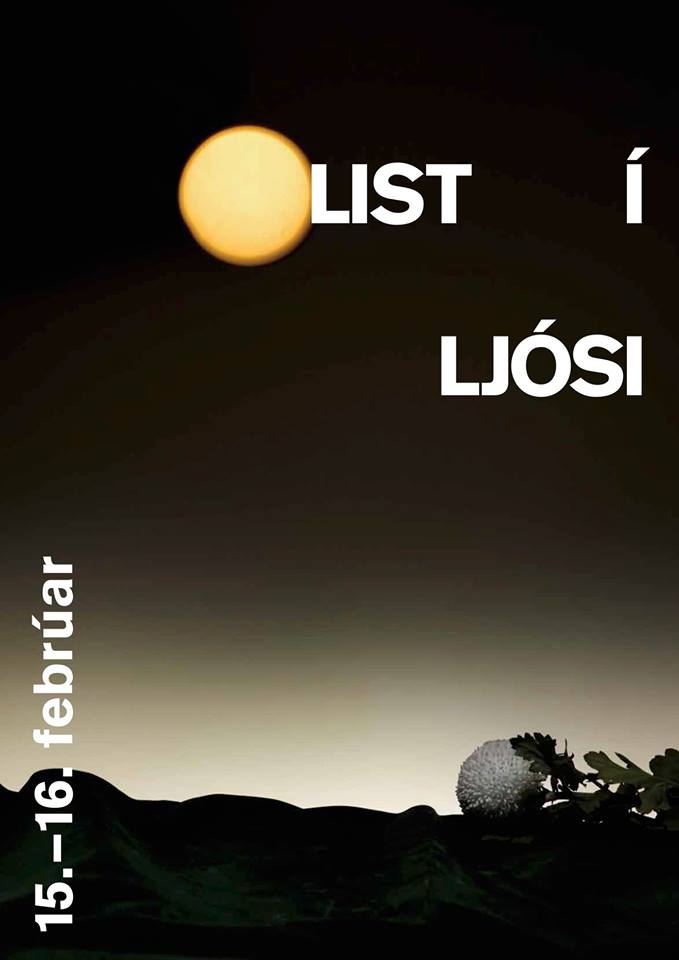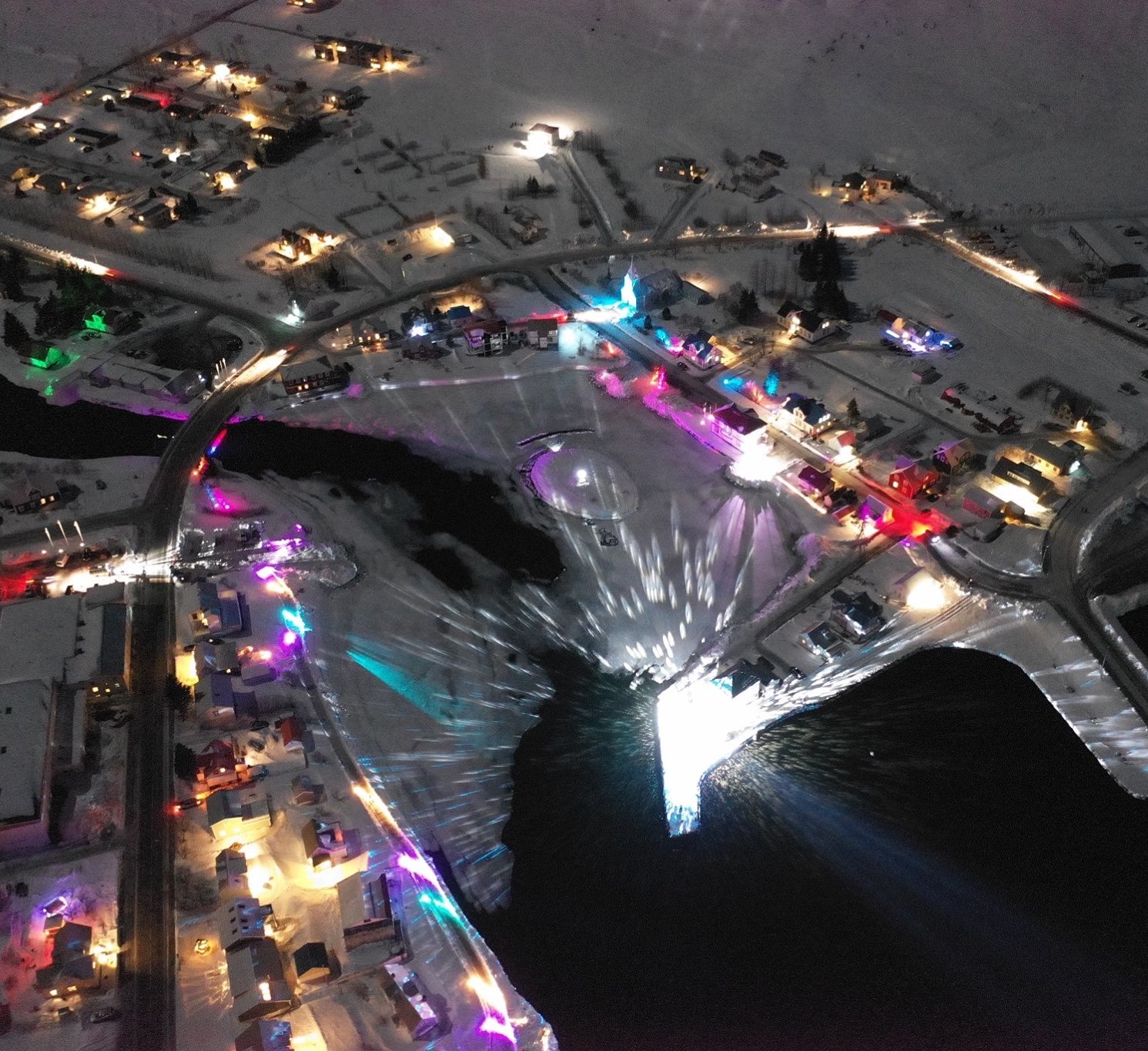MEDUSOZOA
Eric Scott Mortensen and I created a large, fiber optic jellyfish as a part of List í ljósi, a light festival that celebrates the return of the sun to Seyðisfjörður, Iceland after months of winter darkness.
This project is the love child of collaborative research from a water resources engineer and a sculptor. Recently I’ve been personifying different aspects of the natural environment to create an allegorical narrative about the war between Mother Earth and Mankind. This sculpture is part of a series of site-specific pieces with natural disasters representing warriors being led by Mother Nature into battles against her aggressors, humans. Mr. Mortensen has been studying the movement of water in the fjord – from the mountains as snow and rain, down into the valley by way of babbling brook and thunderous waterfall alike, and into the harbor via the lagoon where fresh water from the river Fjarðará and salt water from the ocean meet and continually mix with the ebb and flow of the tides.
The intersection of our research stems from the phenomenon of flooding and the impacts that these extreme events can have on natural environments, but more so those altered by man. We’ve taken society’s perception of flooding and paralleled it with the portrayal of Medusa - a monster with venomous snakes instead of hair, deadly eyes, and a taste for destruction. Floods have traditionally been viewed as an aggressive, unruly, and catastrophic force of nature. A force that demands society’s concerted effort and endless resources to control it by any means necessary. In reality, though, it is the anthropogenic impact on water systems and the decisions that we as a society make – where to live, what lifestyles to pursue, how to (or not to) prepare for disaster – that oftentimes results in the most deleterious impacts caused by floods. Medusa has been portrayed in similar fashion throughout Greek mythology and modern-day literature. She is prototypically horrific. The events of the myth, though, actually describe the rape victim of a God, turned into a monster by his angry wife, then hunted by men for the trophy of her head. In both cases, culpability is pushed away from those who play an active role in provoking the sting. Instead, a culprit is created and vilified, necessitating dramatic actions to eliminate future danger.
Coincidentally, Medusozoa constitutes the animal kingdom subphylum occupied by jellyfish. The jellyfish, including those which call the fjord of Seyðisfjörður home, fit well into this constructed vision of fabricated and misguided blame. The jellyfish that forms this installation, placed prominently in the lagoon, serves as a reminder of our own intrinsic culpability and encourages viewers to reckon the active roles we all play in creating monsters.
First & second photos by Chantal Anderson, third by Nikolas Grabar, taken from a bridge that served as the main viewing point for festival goers.
Below is a video taken from in the water, right before the tide rose, giving us the perfect opportunity to document the color fades and pulsing.
Eric was easily convinced to put on a wader suit and get in the water for a few fun close-up shots.











